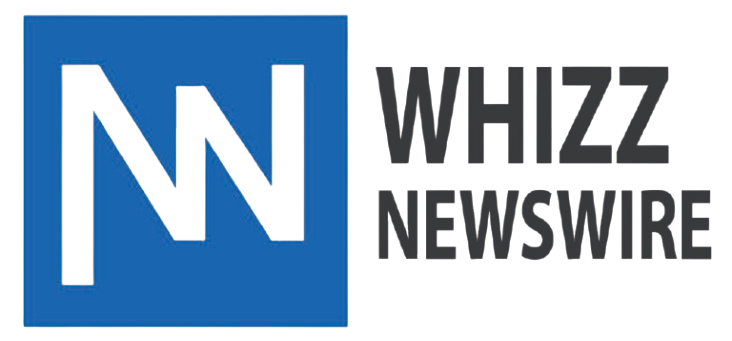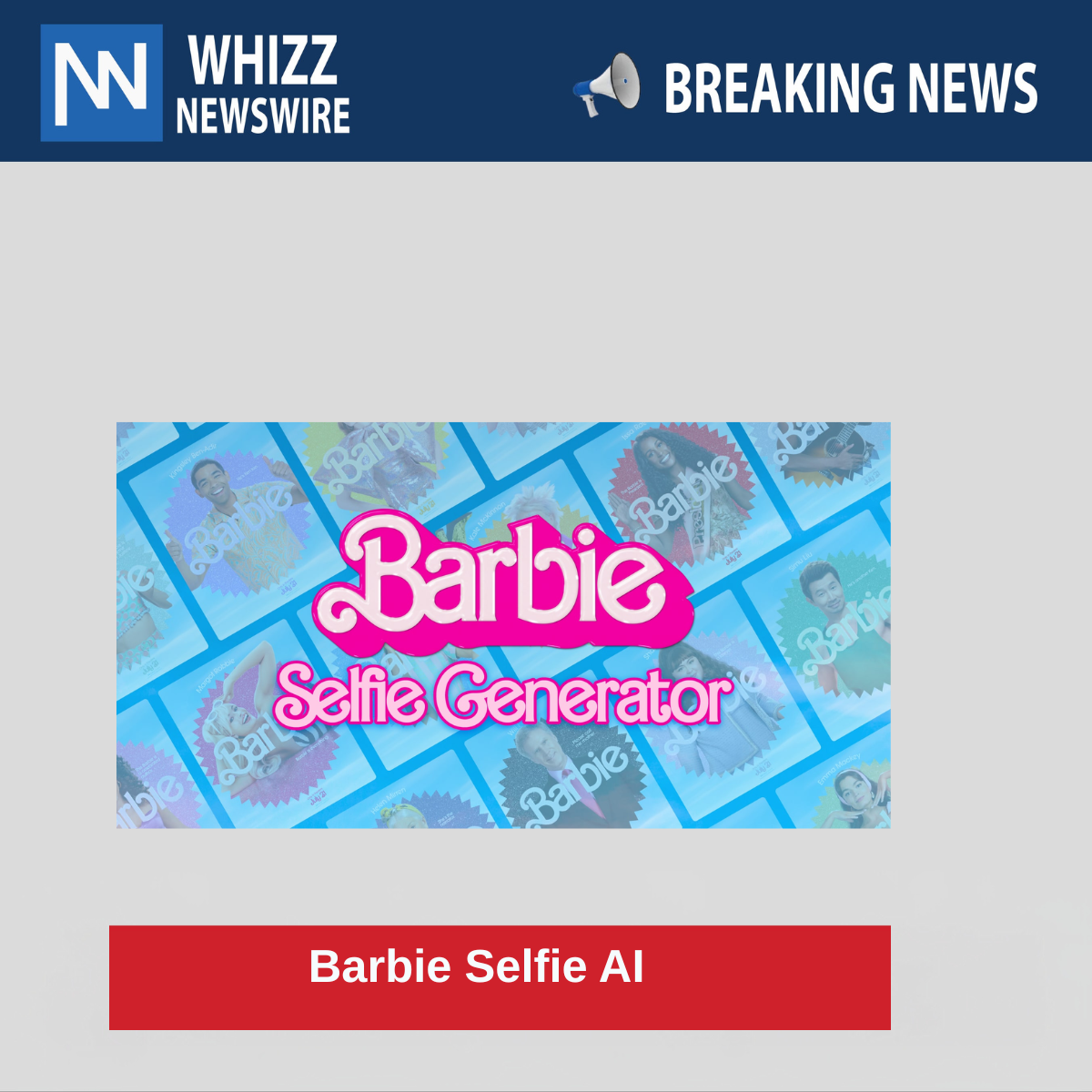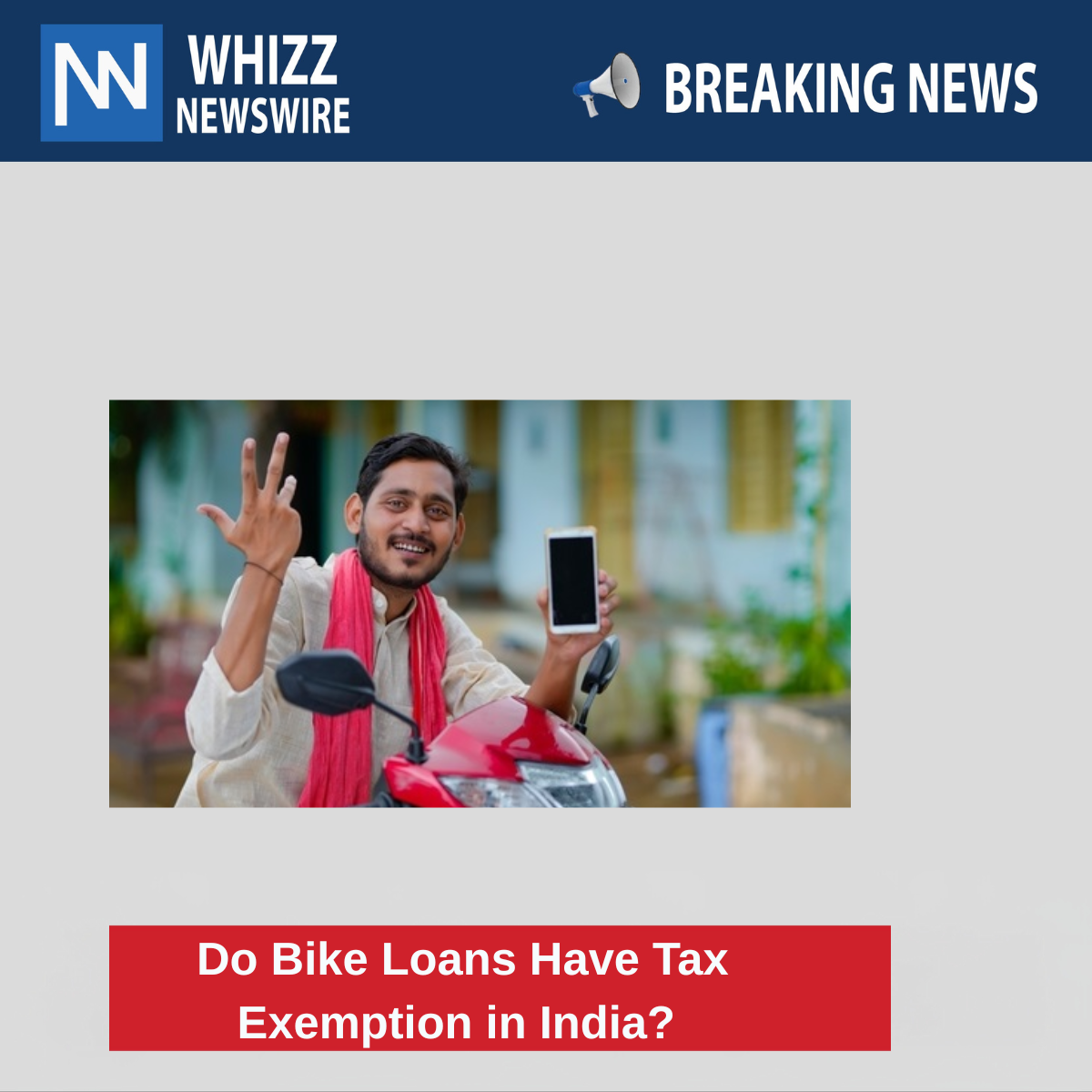The term “Barbie Selfie AI” refers to a popular AI-powered digital trend that emerged around the time of the release of the 2023 Barbie movie, where people created personalized “Barbie-style” posters or selfies with stylized graphics resembling the movie’s promotional material. These AI tools or generators allowed users to upload their own photos and transform them into glamorous, pink-themed, sparkly, or humorous Barbie or Ken-themed posters, often stamped with the slogan “This Barbie is…” followed by a fun or fitting description.
Origin of the Barbie Selfie AI Trend
The trend gained widespread attention just before and after the release of Barbie (2023), directed by Greta Gerwig and starring Margot Robbie and Ryan Gosling. The marketing campaign for the film was vibrant and extremely online, incorporating interactive tools to engage fans. One major hit was the Barbie Selfie Generator.
How Barbie Selfie AI Works
Barbie Selfie AI tools are generally web-based or app-based platforms that use machine learning and design templates to convert a photo into a Barbie poster. Here’s what typically happens:
- Photo Upload – Users upload a selfie or portrait image.
- AI Background Removal – The AI automatically crops the background or cleans up the photo.
- Style Application – A Barbie-themed background is applied with pastel/pink tones.
- Text Customization – The phrase “This Barbie is…” or “This Ken is…” is editable, and users can add something funny, descriptive, or empowering.
- Download or Share – The final image can be downloaded or shared directly to social media.
Where to Use or Create a Barbie Selfie AI
Several platforms created versions of this tool:
- Barbie Selfie Generator (official movie promotion)
- Picsart AI Barbie Poster Maker
- Photoleap AI Barbie Poster Tool
- Canva Barbie Templates (non-AI, but editable)
- FacePlay, Remini, and other AI avatar apps with Barbie-style filters
You can also find variations in apps like CapCut, TikTok templates, or Snapchat filters that emulate the Barbie poster aesthetic.
Why It Went Viral
- Personalization – People loved seeing themselves as a Barbie or Ken.
- Pop Culture – Riding the wave of Barbie‘s massive movie marketing.
- Inclusivity – The format allowed everyone to be “their version of Barbie” – a doctor, a coder, a rebel, etc.
- Meme-ability – Many used it humorously, adding wild text like “This Barbie hasn’t slept in 2 days” or “This Ken is just Ken.”
Behind the AI
While the generators weren’t using hyper-advanced AI like DALL·E or Midjourney, they did use basic machine learning models for facial detection, background removal, and template overlaying, along with text recognition and rendering engines. More advanced versions used GANs (Generative Adversarial Networks) for full avatar transformations.
For similar content visit here




